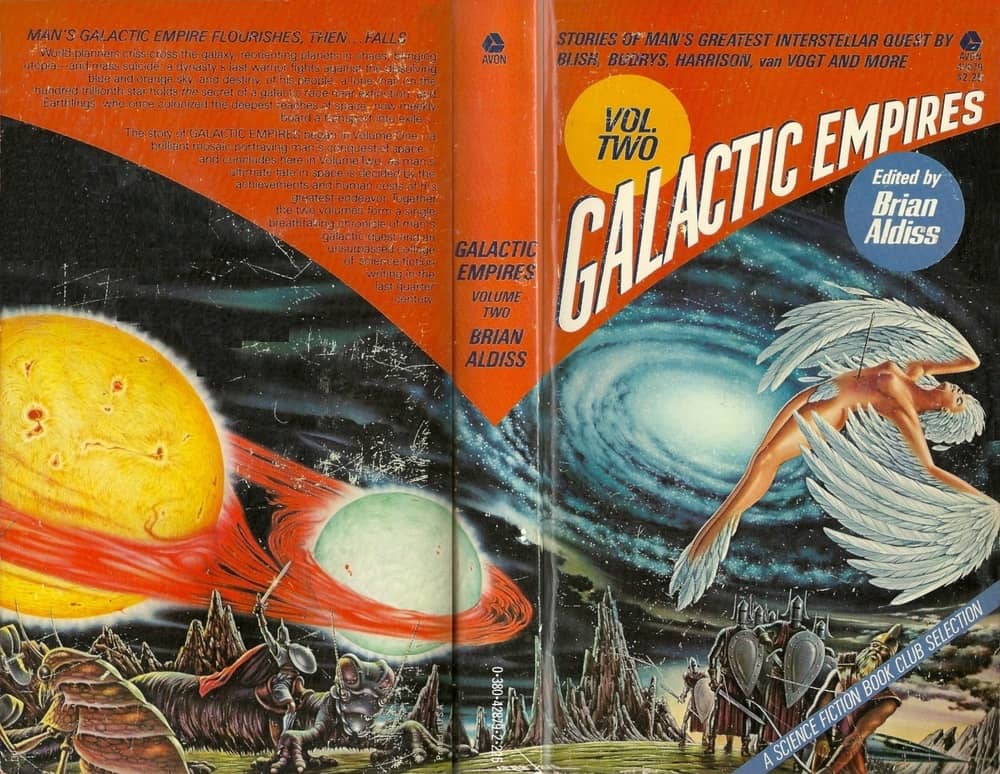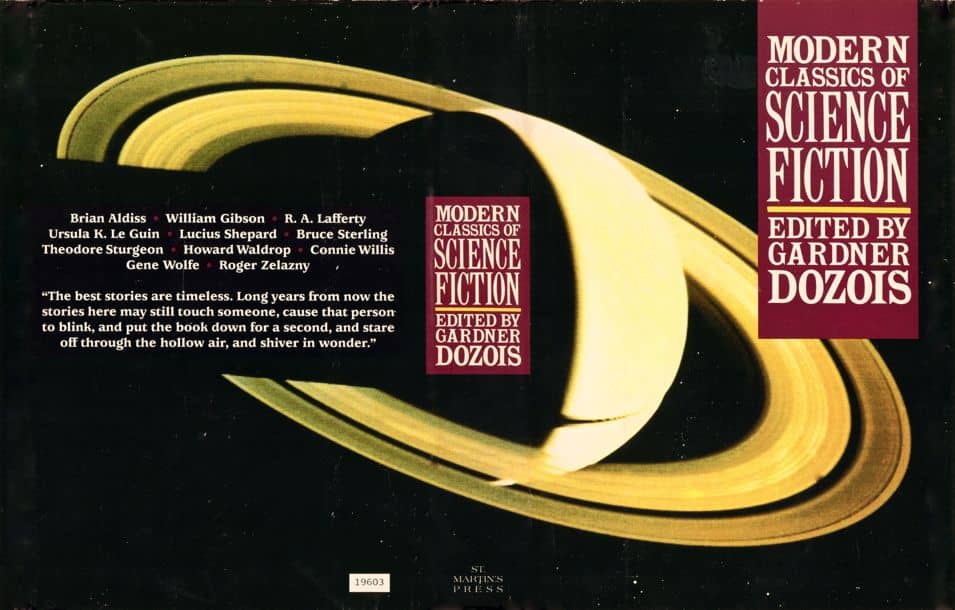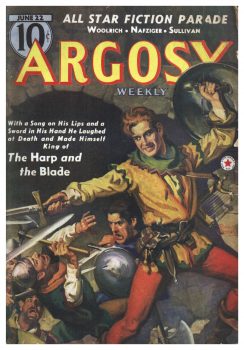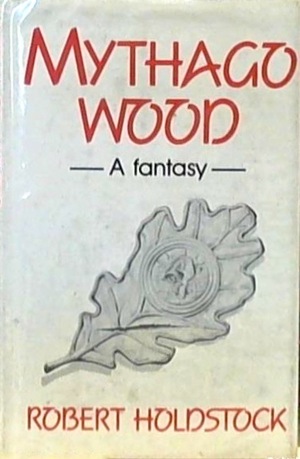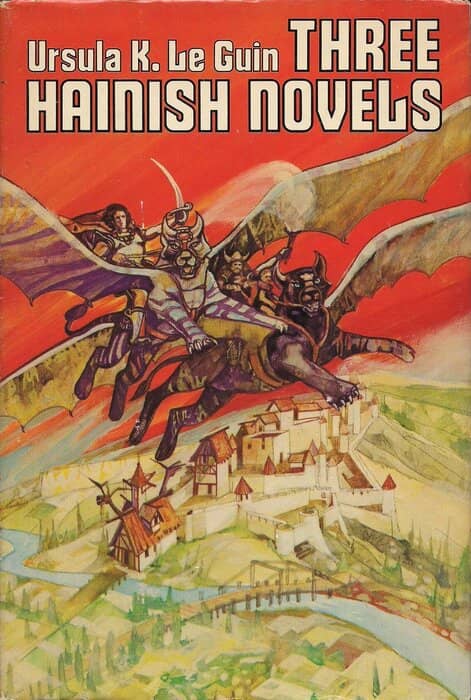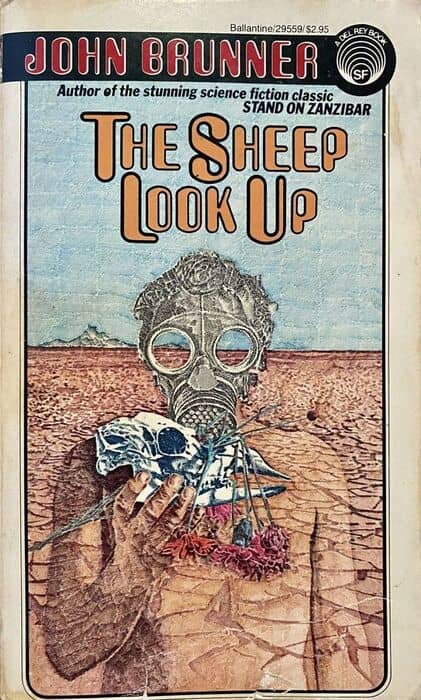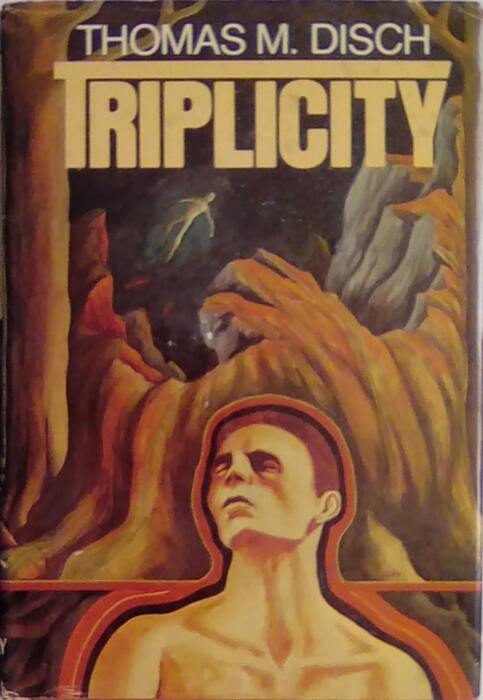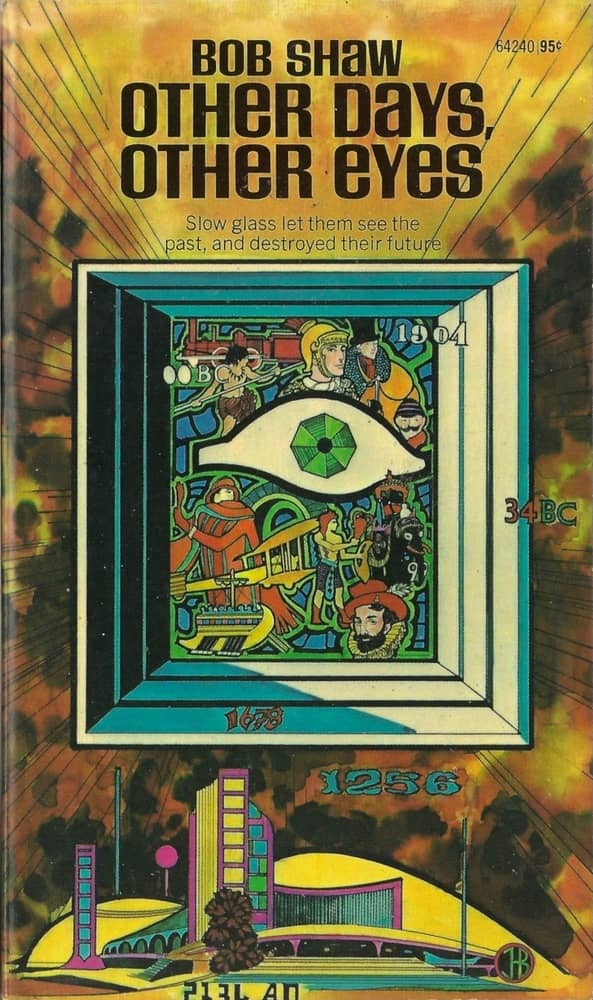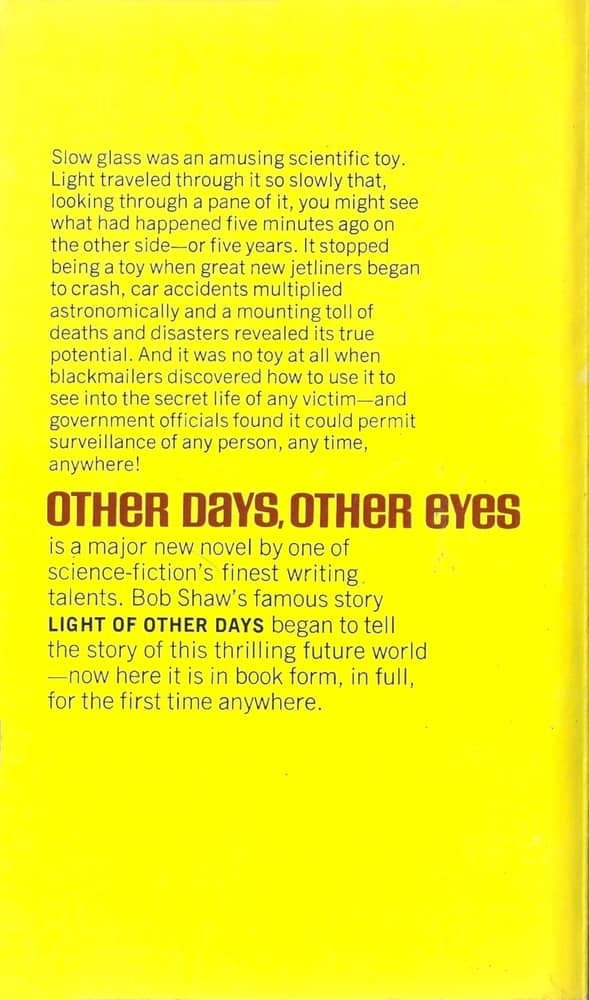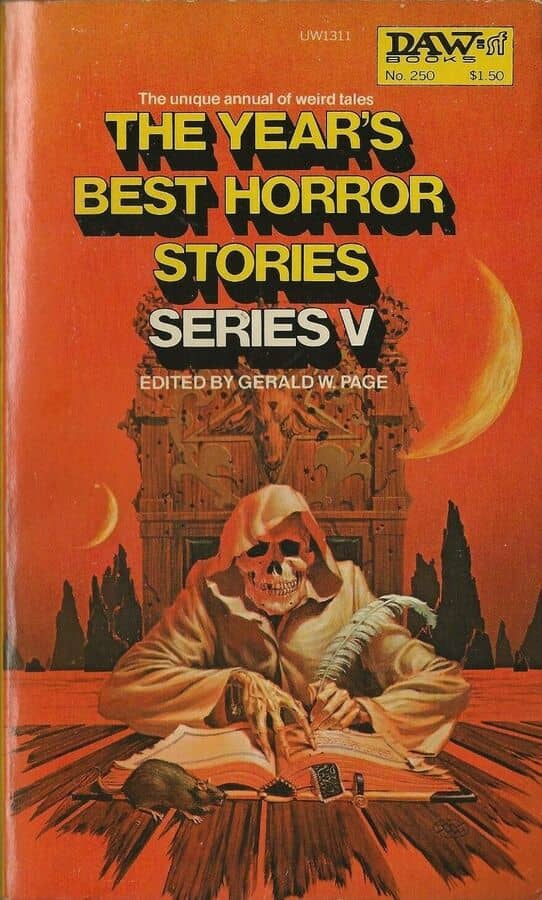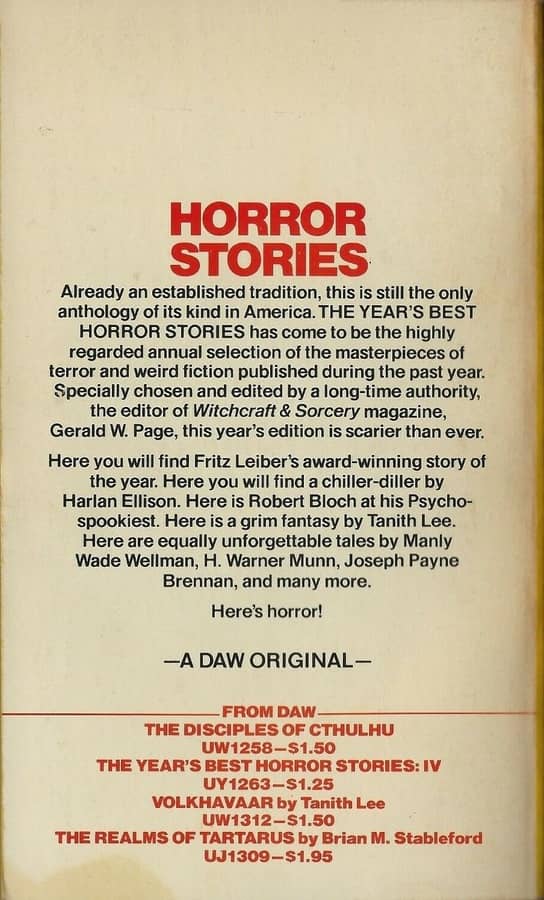Elven Phantoms, Children of the Corn, and Kane: DAW’s The Year’s Best Horror Stories: Series VI (1978), Edited by Gerald W. Page
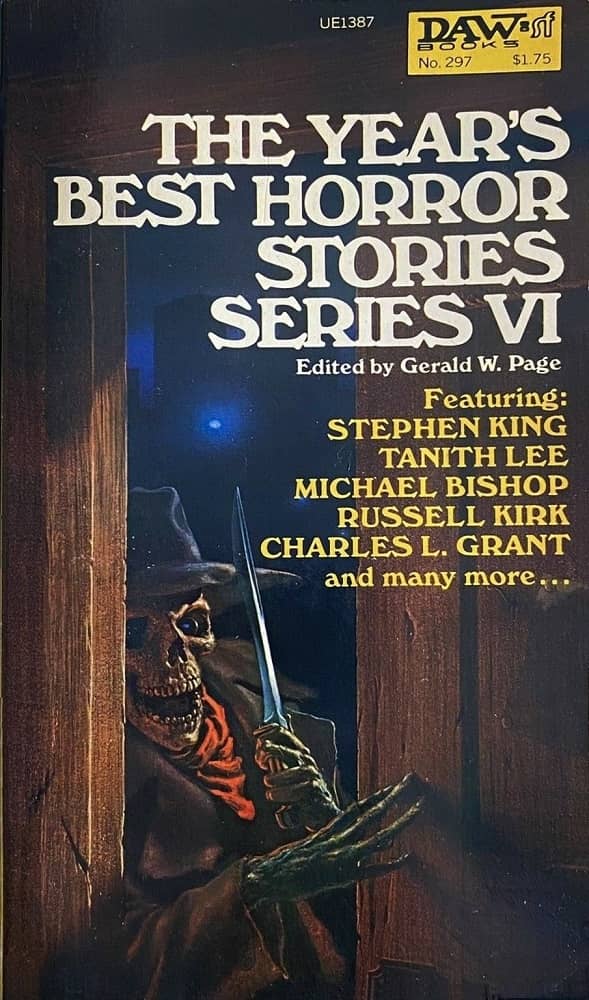 |
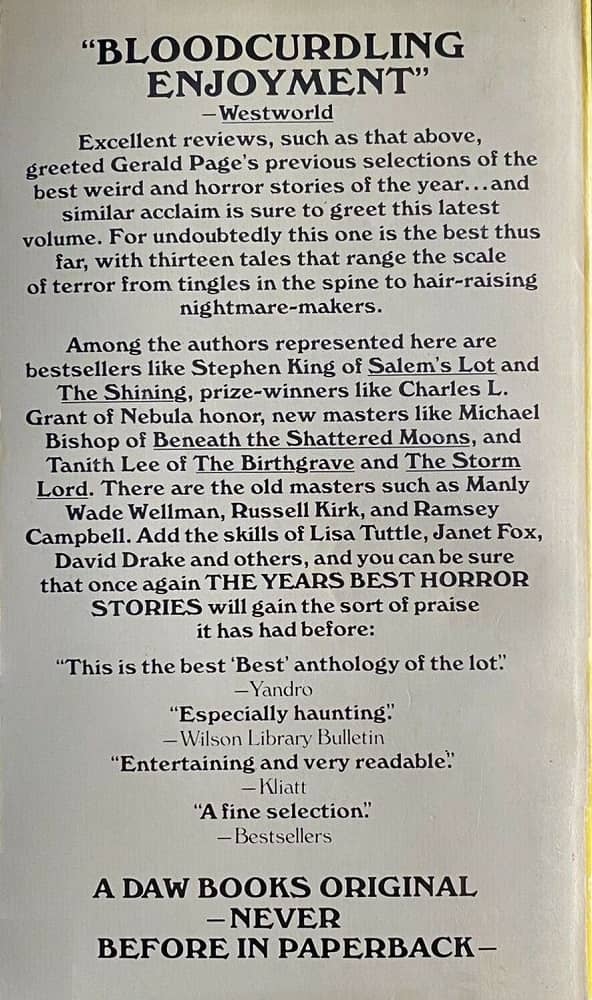 |
The Year’s Best Horror Stories: Series VI (DAW, 1978). Cover by Michael Whelan
The Year’s Best Horror Stories: Series VI, published in 1978, was the third volume in the series edited by horror author and editor Gerald W. Page (1939–). Michael Whelan (1950–) appears for the fourth time in a row on the cover, though with a very different style from his previous efforts. Where Whelan’s covers usually have a big surreal background, this one is more muted and draws your eyes to the foreground. It’s fairly creepy, but not one of my favorite Whelan horror pieces.
In comparison with the series’ first British editor, Richard Davis, Gerald Page tend to focus on American authors, almost all men. There are three women in this volume: Janet Fox, Tanith Lee, and Lisa Tuttle, and a total of three Brits: Ramsey Campbell, David Campton, and Tanith Lee.
Series VI includes fourteen stories, only one from a professional magazine; three came from books, four from fanzines, but six stories were original to this volume. Six! Almost half of the stories in an anthology called Year’s Best were not published previously. Defending another editor in a different context John O’Neill recently said, it’s “entirely the editor’s call.” But doesn’t Year’s Best imply more than simply the editor’s own particular choices? Maybe not. And perhaps it doesn’t matter if the collected stories are indeed that good.
